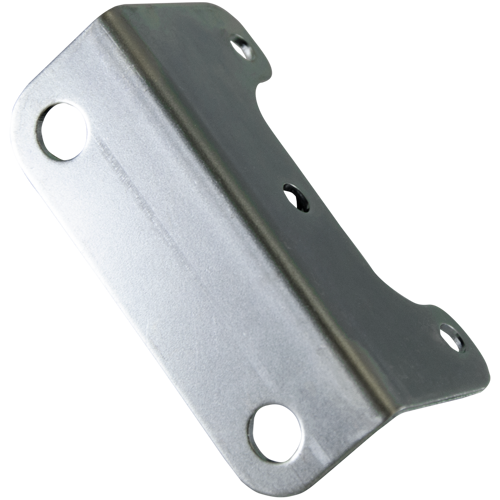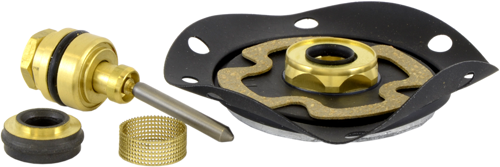Volume Boosters
Pneumatic volume boosters are used in pneumatic control systems to amplify the volume of compressed air supplied to an actuator, valve, or other process equipment, its' primary function is to increase the speed of response and improve the dynamic performance of control systems by delivering a larger volume of air more quickly than would be possible with a standard control signal alone.
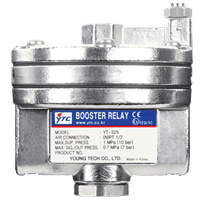
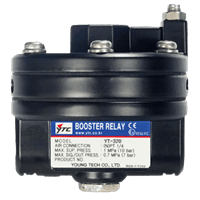
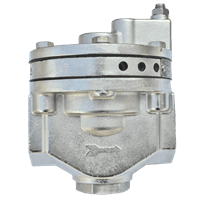
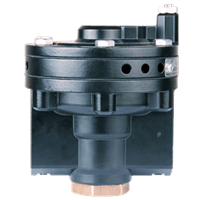
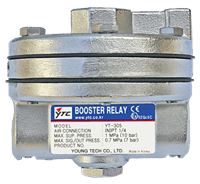
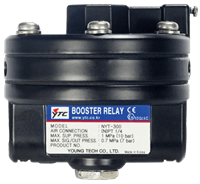
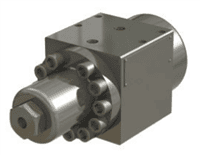
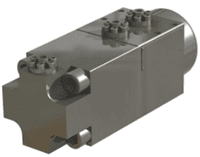
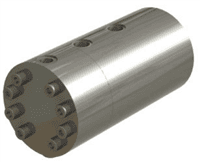
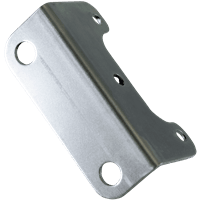
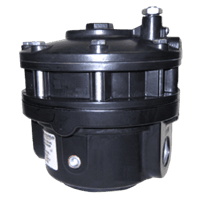

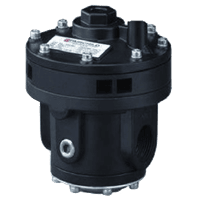


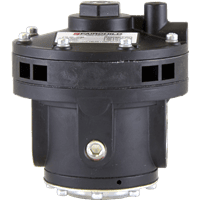
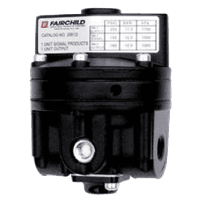
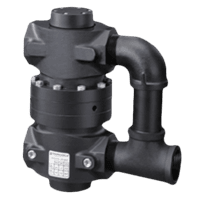
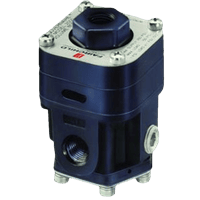
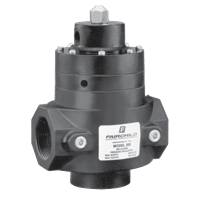









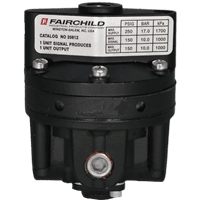
A pneumatic volume booster is a valuable component in pneumatic control systems, designed to enhance the speed and responsiveness of actuators and other process equipment by amplifying the volume of air supplied in response to control signals. By providing faster response times, improved control performance, and increased flow capacity, volume boosters are essential for maintaining precise and efficient operation in various industrial applications, from valve actuation to high-speed automation.
The volume booster has an inlet port that receives the control signal (pilot pressure) from a pneumatic controller or positioner and an outlet port that supplies air to the actuator or other equipment. The booster is connected to a higher-pressure air supply that serves as the source for the amplified air volume. Inside the volume booster, a diaphragm or piston reacts to the incoming pilot signal, when a control signal is received, the diaphragm or piston moves, opening the supply valve and allowing air to flow from the supply port to the output port, thus amplifying the airflow to the actuator. The volume booster includes an exhaust port that allows air to be quickly vented when the control signal decreases, enabling rapid response and control of the connected device.
When a control signal is sent from a pneumatic controller (such as a valve positioner), it is applied to the pilot port of the volume booster, the booster senses this signal and opens a supply valve to deliver a larger volume of air from the high-pressure supply to the actuator. The booster effectively "boosts" the volume of air reaching the actuator, allowing it to move faster or with more force than it would under the original control signal alone. When the control signal drops, the volume booster rapidly exhausts air from the actuator back through the exhaust port, enabling a quick reduction in pressure and a fast response to the change in the control signal.
Volume boosters are widely used in control valve applications to improve the speed and responsiveness of the valve actuator, this is particularly important in processes where rapid valve adjustments are required to maintain precise control, such as in flow control, pressure regulation, or temperature control systems. In systems using pneumatic positioners to control valve position, volume boosters are often installed to increase the air volume supplied to large actuators, ensuring quick response times and minimizing dead time in the control loop. In pneumatic automation systems, volume boosters are used to accelerate the movement of cylinders or other pneumatic devices, enhancing cycle times and overall system efficiency. Volume boosters are beneficial in large pneumatic networks where there may be significant distances between the control signal source and the actuator. The booster ensures that the required air volume reaches the actuator without delays due to line losses or restrictions.
By providing a larger volume of air more quickly, volume boosters help reduce response time for pneumatic actuators, allowing for more precise and timely control in dynamic processes, and they enhance the accuracy and stability of control loops by ensuring that actuators respond quickly to control signals, reducing the risk of oscillations or lag. Volume boosters amplify the airflow capacity of a control system, making them suitable for larger valves or actuators that require more air to operate effectively. Boosters can be used in various applications across industries, from process control in oil and gas or chemical processing to automation in manufacturing.
Factors to Consider When Using Pneumatic Volume Boosters
The supply pressure to the volume booster must be sufficient to ensure proper amplification of the control signal without causing excessive pressure drops, and the gain or amplification factor of the booster must be adjusted according to the specific requirements of the control loop. Too high a gain can cause instability or oscillation, while too low a gain may result in inadequate response. The exhaust port of the volume booster must be adequately sized to handle the rapid venting of air, ensuring quick pressure reduction when needed.
